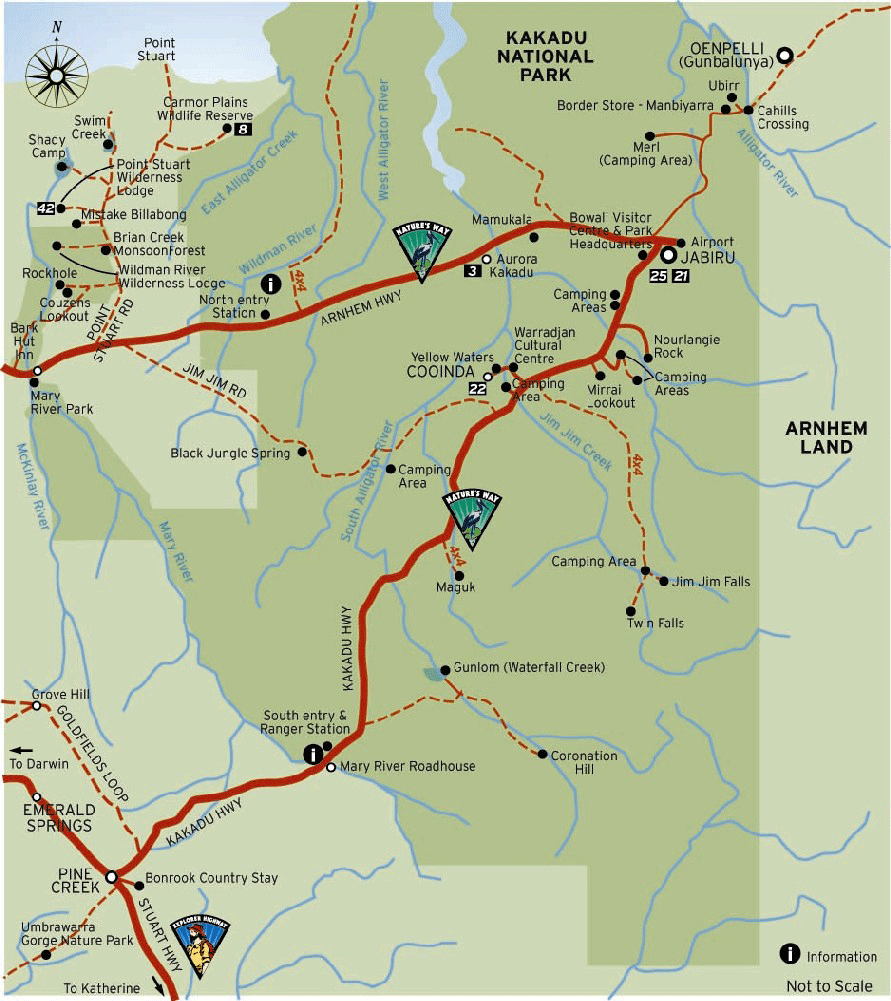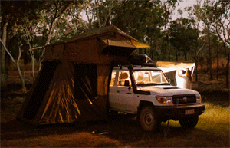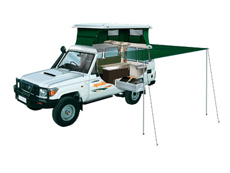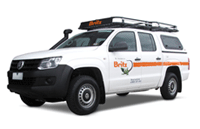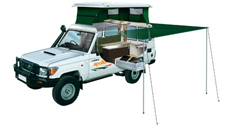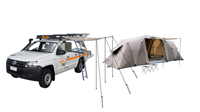|
About Maguk - Barramundi Gorge in Kakadu Australia |
The name of Barramundi Gorge or also known as Barramundie Gorge
in Kakadu National Park has been changed to Maguk in the southern
end of Kakadu National Park around 4 hours from Darwin, the capital
city of Darwin in Norrthern Territory Australia.
Where Is Maguk Gorge or Barramundie Gorge
Located an hour's drive south from Cooinda past the Cooinda turnoff
in the South of the park on the Kakadu Highway, in World Heritage-listed
Kakadu National Park, is Maguk a gorge within the Stone Country.
A 14 kilometre four-wheel drive trip, followed by a one kilometre
walk, leads to a beautiful natural plunge pool at the base of
the steep gorge walls.
Nearby is the Maguk bush camping area. After resting, take the
short but moderatly difficult climb to the top of the waterfall
where there sits crystal clear pools that are perfect for a refreshing
dip. The panoramic view also makes the hike worth the effort,
affording a panoramic view. Facilities BBQ Facilities Car park
Picnic Area Public Telephone.
App 1.15 hour from Cooinda to the Maguk carpark. Slow driving
is recommended.
Facilities at Maguk - Barramundi Gorge general area
- BBQ Facilities
- Car park
- Picnic Area
- Public Telephone
Where to stay
Muirella Park Camping Area (check wet season access)
Access to showers, toilets and a generator is available. Camping
fees (adults only) are collected on site during the dry season.
Please pay at the Bowali Visitor Centre during the wet season.
Bush Camping Area (Dry season only, 4WD recommended)
A free camping area with composting toilet is available beyond
Muirella Park at Sandy Billabong. Drinking water is not available.
http://www.environment.gov.au/
Parks & Wildlife Commission of the Northern
Territory
Head Office - Goyder Centre 25 Chung Wah Tce Palmerston, NT 0830
PO Box 496 Palmerston NT 0831
Ph: +61 (0) 8 8999 5511
Crocodile Safety Information
Northern Australia is crocodile country. Therefore it is important
to put awareness of crocodiles and safety at the top of your priority
list when living in, working in or simply visiting crocodile habitat.
Living with crocodiles is not difficult so long as you bear the
following points in mind.
Always be aware that crocodiles
may be present anywhere that there is water.
Unless there is clear signage that
it is safe to swim, assume that crocodiles may be present.
Warning signs are there for your
benefit! Ignoring them is foolish.
Always check with local authorities
and rangers whether an area is likely to contain crocodiles.
If in doubt, always swim in designated
swimming areas only.
If there's no sign, don't go swimming.
A spotlight or LED head-torch is
strongly recommended at night so that any eyeshines can be seen,
but a lack of eyeshines does not mean that it's safe to swim -
crocodiles may be underwater.
© We suggest you also visit a website called
http://www.nt.gov.au/becrocwise
Kakadu General Information
There are many interesting places to discover in the area, but
some things to remember too:
Saltwater crocodiles inhabit the South Alligator River and are
extremely dangerous. Do not risk your life, keep away from the
waters edge.
Freshwater crocodiles inhabit the area. Do not approach or interfere
with them.
Do not jump off rocks or cliffs as there are unseen dangers
and accidents have resulted in death.
Jim Jim Plunge Pool can be hazardous as the shallow water suddenly
becomes deep.
Use the toilets provided.
Observe and enjoy the native animals, but do not disturb or
feed them. Fishing is prohibited.
Use fuel stoves in preference to open fires.
If lighting open fires, collect firewood along the access road
into Gunlom and use it sparingly. Use the fireplaces provided,
attend fires at all times and extinguish them before you leave.
Use the recycling facilities supplied and place all other rubbish
in the bins. Remember, cigarette butts, orange peel and tissues
are rubbish too.
Sunscreen and insect repellent pollute waterways. Wear a long-sleeved
shirt and hat as alternative protection.
The mornings and evenings are the best times to walk and observe
wildlife. For your own comfort and safety please keep to the marked
tracks, wear a hat and sturdy shoes, and carry plenty of drinking
water.
Kakadu National
Park - Seasons
But Australia's Kakadu sees seasons of varied extremes -- so
varied, in fact, that the park's longtime aboriginal inhabitants
have divided the year into six distinct seasons.
Kakadu Seasons - Gunumeleng Pre-Monsoon Storm Season - Gunumeleng,
from mid-October to late December, may in fact last from a few
weeks to several months.
Kakadu Seasons - Gudjewg - Monsoon Season - Gudjewg, from January
to March, can be described as the 'true' wet season.
Kakadu Seasons - Banggereng - Knock 'em down storm Season -
Banggerreng, in April, is the season when the rain clouds have
dispersed and clear skies prevail.
Kakadu Seasons - Yegge - Cooler but still humid Season - Yegge,
from May to mid-June, is relatively cool with low humidity.
Kakadu Seasons - Wurrgeng - Cold Weather Season - Wurrgeng,
from mid-June to mid-August, is the 'cold weather' time; humidity
is low, daytime temperatures are around 30°C and night-time temperatures
are around 17°C.
Kakadu Seasons - Gurrung - Hot Dry Weather - Gurrung, from mid-August
to mid-October, is hot and dry.
Seasons
The dry season which is approximatley which
is classed generally as May - October each year.Though in current
year the wet has not set in till late December or January and
then finishes mid April.
Access To Jim Jim Gorge
The dry season which is approximatley which is classed generally
as late June - October/November each year. We
recommend you contact the offical Bowali Vistors Centre for more
information.
Kakadu National Park - Swimming
Are there certain times of the year that I cant swim?
The seasonality of waterholes across the Northern Territory depend
on the amount of rain throughout the year. NT Parks and Wildlife
monitor water levels and erect signs advising visitors when it
is safe to swim. Always obey sign posts.
How can you identify if a water-hole is safe to swim in?
Salt and freshwater crocodiles are found in most Top End billabongs
and rivers, and are occasionally seen on remote beaches. The accessible
rivers and billabongs are generally sign-posted if saltwater crocodiles
are known to inhabit the area, but if you are not sure, dont
swim. Swim only where recommended and always observe and read
the crocodile warning signs.
Arent swimming spots hard to get to or only acesible as part
of a tour?
All the swimming spots in Darwin, Litchfield National Park, Katherine,
Mataranka and the MacDonnell Ranges are accessible by self-drive.
A few locations are only accessible by four wheel-drive, such
as Butterfly Gorge Nature Park and Tjaynera Falls in Litchfield
National Park. Tour operators with swimming options include Adventure
Tours Australia, Australian Pacific Touring, Connections Safaris,
Odyssey Tours and Safaris and many more'.
Resources
Links
parksandwildlife.nt.gov.au/
environment.gov.au/parks/
facebook.com/RoadReportNT
roadreport.nt.gov.au/
ntlis.nt.gov.au/roadreport/
toiletmap.gov.au/
travelnt.com/
kakadu.com.au/access
©
source | courtesy of kakadunationalparkaustralia.com
©
source | courtesy of litchfieldnationalpark.com
©
source | courtesy of tropicaldarwin.com
©
source | courtesy of australia4tours.com
©
source | courtesy of darwin4tours.com
|
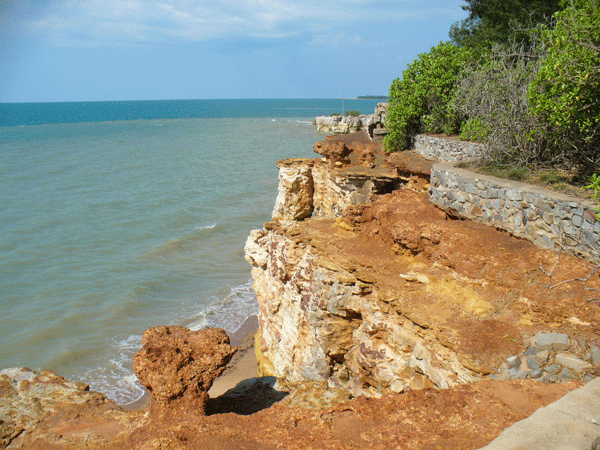
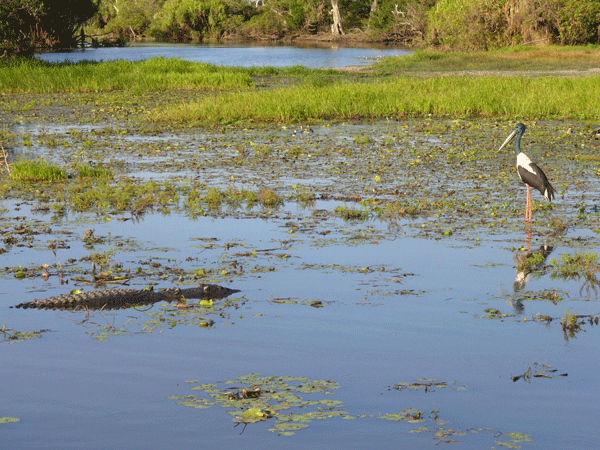
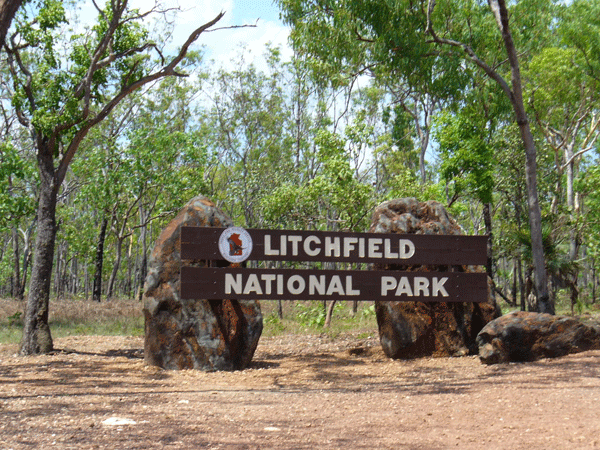

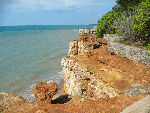
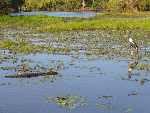
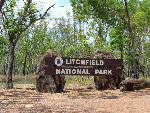
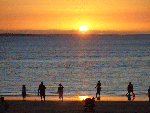
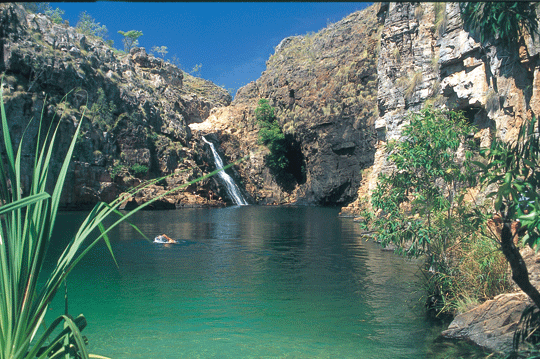
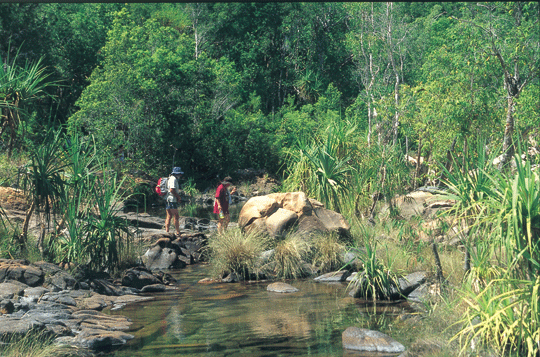 ©
©